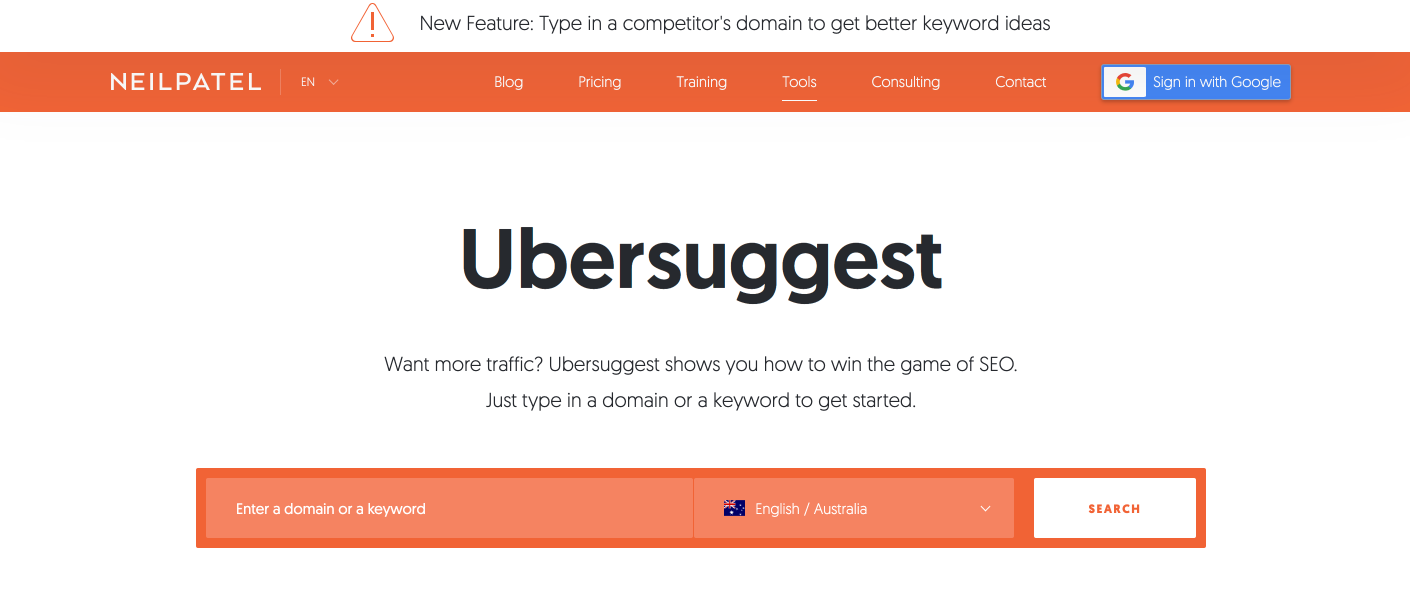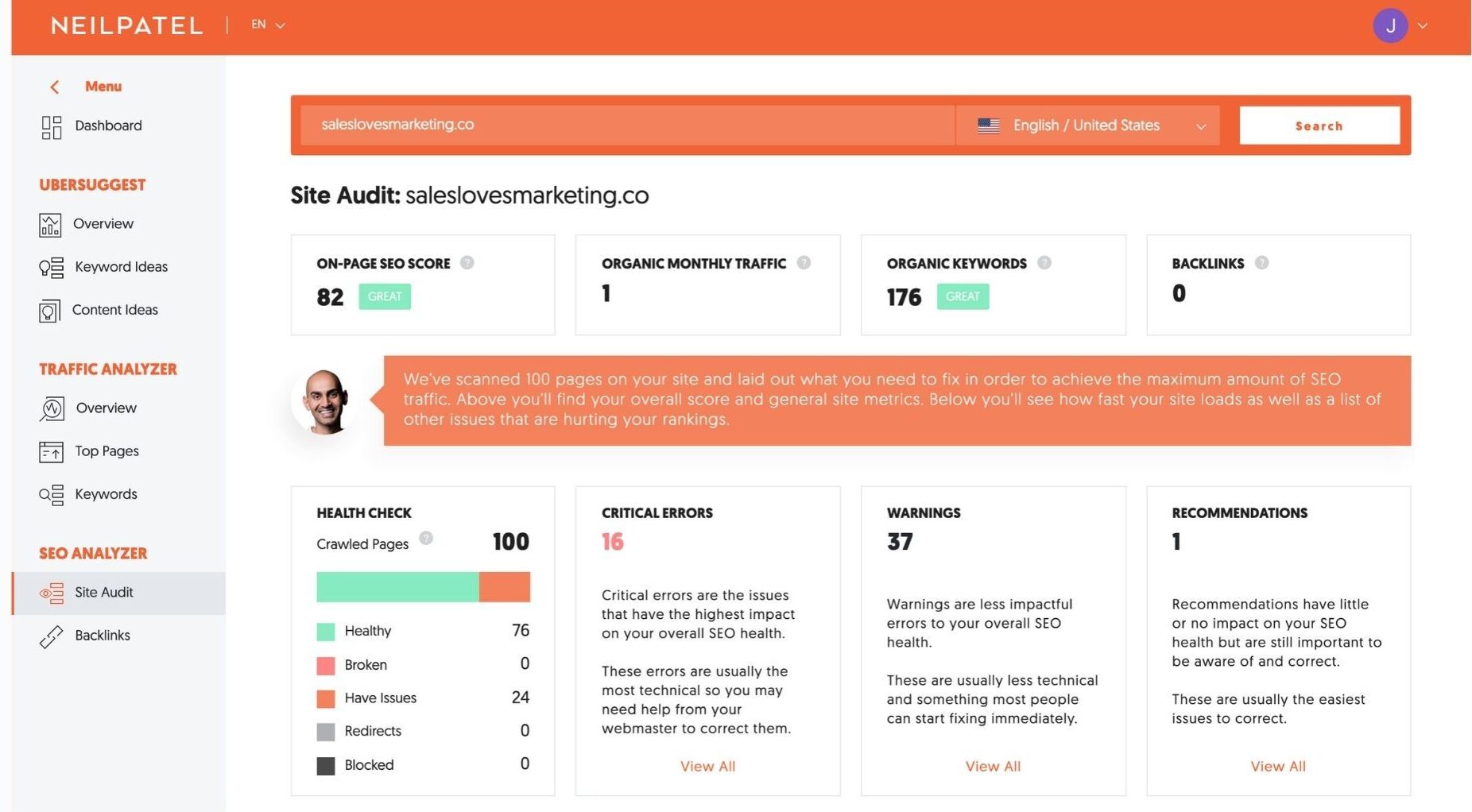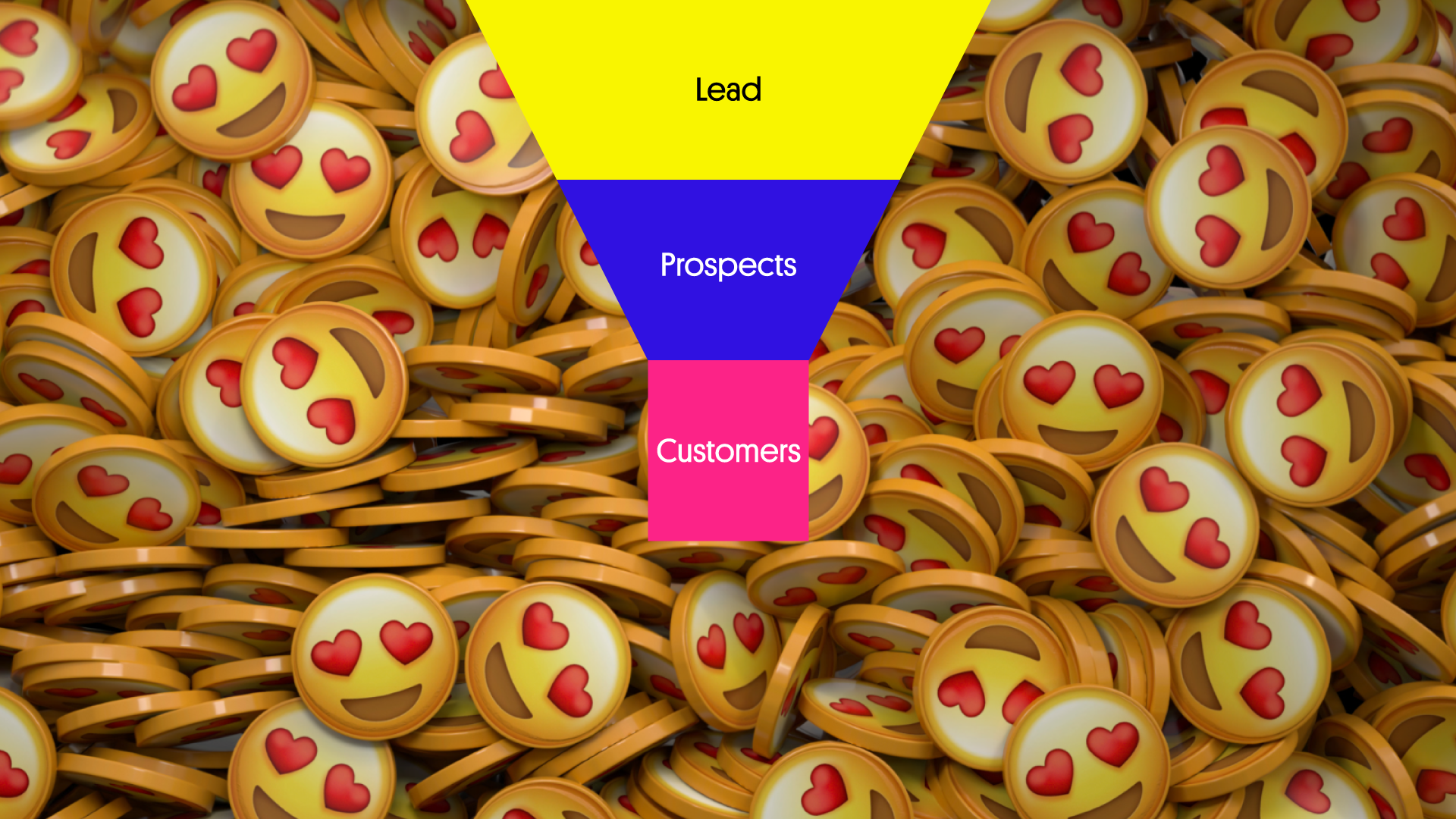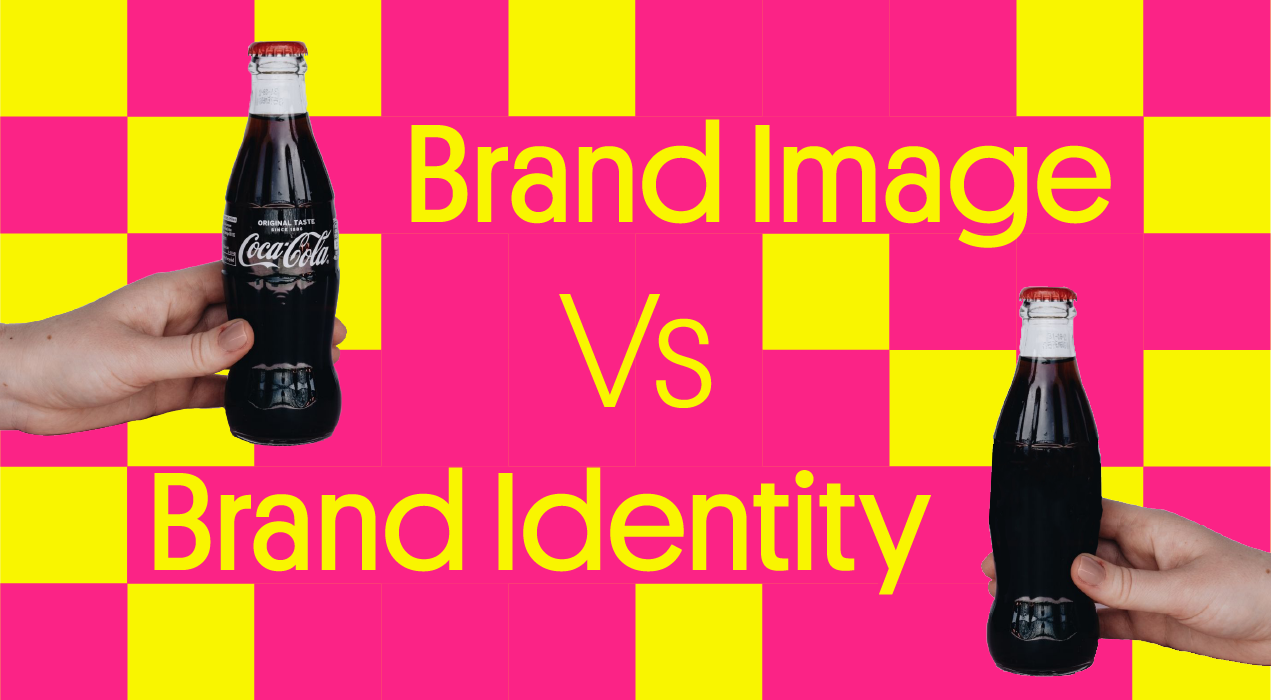Leads and customers are the lifelines of a business and without them, a business cannot survive.
Someone initiated a chat on your website or submitted his contact information for an offer, trial, a free guide, or a contact form on your website. Congratulations, there is a lead. Later, you nurtured them and got them interested in a sales conversation, and boom! They bought what you were offering. My dear friend, you just converted a lead into a customer.
Let’s get ready to witness the ultimate fight of lead generation vs customer acquisition of the digital ring.
Without wasting a single dime of your time, let’s start cheering up for them!
We all know leads and customers are the lifelines of a business. Without them, a business cannot survive. However, the terms Lead Generation and Customer Acquisition are used interchangeably though they have very different meanings. Where customer Acquisition is a big wide process, lead generation is simply one step of it.
In the digital realm, a lead is someone who has given your business their contact information showing interest in your product, service, or brand. On the other hand, an acquired customer is someone who has chosen to purchase your product or service.
Therefore, lead generation is the process of identifying, attracting, and converting strangers into prospects. On the other hand, customer acquisition is the process of bringing new customers or clients to your business —converting prospects into customers.
From Strangers to Customers: Let’s walk through the steps of the Lead Generation process and how it forms part of the Customer Acquisition Process.

Step 1: A visitor discovers your business through one of your marketing channels, which could be your website, a blog, or social media page.
Step 2: The visitor clicks on your call-to-action (CTA) which could be an image, button, or message that prompts visitors to take some sort of action.
Step 3: The CTA takes the visitor to a landing page i.e. a webpage created to capture lead information in exchange for an offer.
Offer? What offer?
An offer = something valuable you offer to the visitors on your landing pages such as an ebook, a course, or a template in return for which they provide you their contact information and other information you asked for.
And once they do that, boom! There you have a lead. And here completes our lead generation process.
In short, lead generation happens at the top of the funnel whereas customer acquisition refers to the funnel as a whole.
Thus, a person first becomes aware of your business before they buy what you’re offering. This happens as a result of lead generation.
But when a person, after being aware of your product/service, has a conversation with you and buys what you’re offering, it forms a part of the overall customer acquisition funnel. Lead generation is simply one step of the process of customer acquisition.
But, what purpose do these fighters serve to your business?
Look, Lead Generation = business growth. Without leads, your business can’t grow. Lead generation paves a path to attracting and converting prospects. However, the entire end to end process of one becoming a lead ➡️ qualified lead ➡️customer is called Customer Acquisition. Thus, the agenda of customer acquisition is quite self-explanatory. No customer = No business. Inconsistent customers = unstable business. Consistent customer = Stable business
But hey, do you think people will just magically develop an interest in your brand? The answer is a big NO.
That’s why you need different channels of lead generation and customer acquisition.
Let’s take a look at channels of Lead generation and Customer Acquisition.
There are two main marketing lead generation channels: Outbound and Inbound.
Inbound lead generation refers to leaving digital footprints in the form of websites, blogs, content, or social media, and welcoming strangers and nurturing them into your business. Thus, an inbound approach = a softer and welcoming approach where leads come to the doorstep of your business.
It includes tools like search engines and online platforms to lead prospects to the content they are interested in. Techniques under inbound marketing include search engine optimization (SEO), social media marketing, blogging, etc. Other techniques are online events such as webinars and podcasts, gated resources such as eBooks, whitepapers, etc.
On the other hand, Outbound lead generation means carrying your brand and its message to the prospects through different channels such as a phone call or mails and helping them understand why they need what you’re offering. An outbound approach = a loud and proud approach where your business goes out and approaches the leads in mind.
It includes many traditional marketing practices such as cold calling, print and TV advertising, mailing lists, word of mouth, etc. Moreover, in-person activities such as event sponsorships, trade shows, and door-to-door pitches also fall under the umbrella of Outbound Marketing.
When it comes to customer acquisition channels, they are simply methods through which your business converts prospects into customers.
Customer Acquisition Channels have a variety of types: paid and free, inbound and outbound, offline and online, and much more. Some of the most popular methods of Customer acquisition are Content Marketing, Social Media, Paid Advertising, and Email Marketing. Others include giveaways, referral programs, and similar tactics.
Now that you know about what Lead Generation and Customer Acquisition are, how they benefit your business, and what channels you can use, it’s time to take a look at the costs and terminology associated with both of them one by one.
Lead Generation cost

Cost Per Lead (CPL): In lead generation, CPL is the first and foremost metric that you should be aware of.
The Cost Per Lead measures how cost-effective your marketing campaigns are when it comes to generating new leads for your business.
This cost is closely related to other significant business costs such as the cost to acquire new customers (discussed further).
The purpose of CPL is to provide the marketing team with a figure so they understand how much money is appropriate to spend on acquiring new leads.
To calculate CPL, simply divide the total marketing expenses on acquiring leads by the total number of new leads acquired in the period money was spent.
Cost Per Lead =Total Marketing Spend ÷ Total New Leads Acquired
Let’s say you spent $1,000 on your pay-per-click (PPC) campaign and 10 leads are acquired, then the Cost per Lead will be $100.
Cost per lead = ($1,000 spent)÷(10 leads)= $100 per lead
Cost per lead varies depending upon the industry type and channels. A study by SurveyAnyplace shows that your target industry and channel are the major factors that decide the pricing of your campaign.
According to the survey, Cost per lead per industry is highest in the Finance Industry is $47 whereas it is as low as $14 when it comes to industries such as Media/Marketing.
On the other hand, Cost per lead per channel is highest in Display and CRM Advertising being $71 but as low as $14 in Seo-Content Marketing.
Not only Cost per lead, but there are some other basic terminologies that you should be aware about such as Conversion Rates and Lead source.
Conversion Rates: In lead generation, the conversion rate is defined by the % of website visitors that submit a lead.
Lead Source: In lead generation, the “source of the lead” refers to the media channel ie. Traffic source that generated the lead.
Customer Acquisition Cost

Customer Acquisition Cost (CAC) is the cost of persuading a potential customer to buy what you’re offering.
CAC is a crucial metric to determine the profitability, stability and efficiency of your business.
To calculate CAC, divide the total cost of acquiring customers i.e cost of sales and marketing of a certain period by the total number of customers acquired in that time frame.
CAC = Total cost of sales and marketing ÷ Number of customers acquired
For example, if you spend $50,000 to acquire 5000 customers, the CAC of that particular period is $10 per customer.
CAC = ($50000 spent) ÷(5000 customers) = $10 per customer
Now, it’s the time for the most awaited time of our ride. Let’s look at the powerful lead generation and customer acquisition tactics that some of the famous and most loved brands use these days.
Let’s first talk about the email marketing strategy of the famous and number one guy on the internet — Neil Patel.


What he simply does is, entices people to sign up by offering a lot of incentives and giving away so much valuable content for free, be it tools, techniques, or resources. These freebies help him build his email list and establish his credibility. However, he provides limited benefits through freebies. Later the users who fall in love with his super-duper amazing tools do not think twice before buying what he’s offering, be it a course or a premium version of a tool he introduced to them. And that’s how he converts leads into long-term customers in a blink of an eye!
Spotify, Brew, and Airbnb are other most famous and loved brands that use email marketing and newsletters to generate a huge number of leads and acquire customers.
Here’s another example.
SHADY RAYS’ REFERRAL REWARDS–

Sunglasses company Shady Rays’ lead generation process includes asking their current customers for the email address of someone they think will like their brand. In exchange, Shady Rays reward the existing customer $15 if the lead makes a purchase. Through this referral rewards system, customers of Shady Rays bring leads to their business in exchange for a benefit that encourages their existing customers to spread the word about their brand. And it’s a well-known fact that customers trust recommendations from their friends, family, and people they admire and follow. Thus, if you’re looking to fill your lead funnel and grow your customers’ database, referral reward is one of the powerful ways to do it.
Now, with so much in mind, which path to go — Lead Generation or Customer Acquisition?
Though you should dive into the battle of inbound vs. outbound lead generation. But, when it comes to Lead Generation Vs Customer Acquisition, both of them form an integral part of the smooth functioning of your business. Both of them walk hand in hand with your business and its growth. It’s not about choosing one of them rather deriving a combination that suits your business best.
Depending on your business goals and objectives, either of them may work better and yield better returns. It’s all about picking what suits your business goals best and to what extent.






